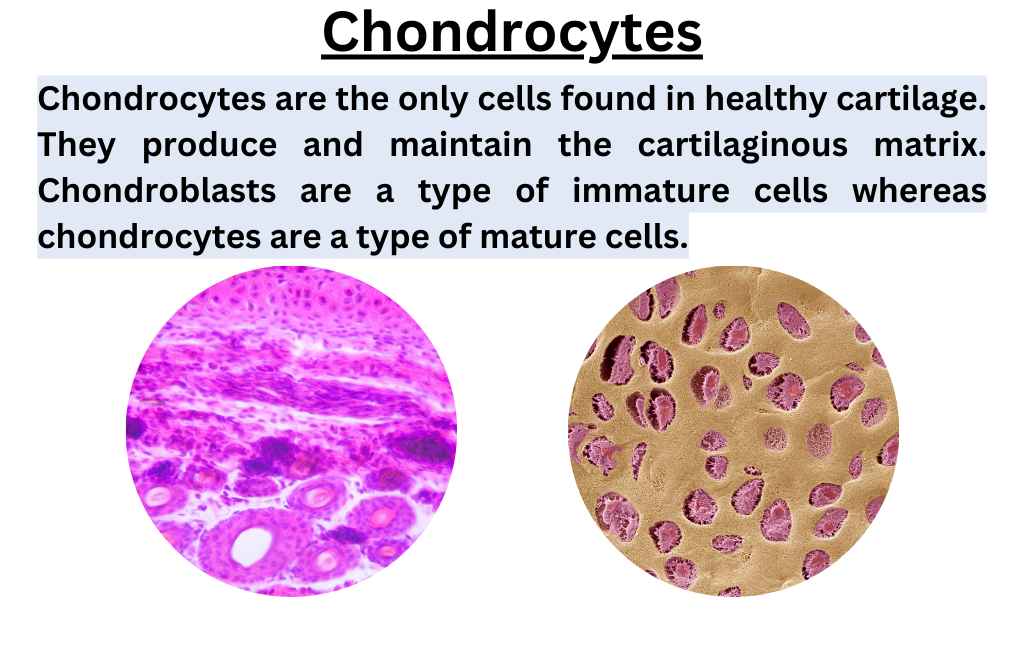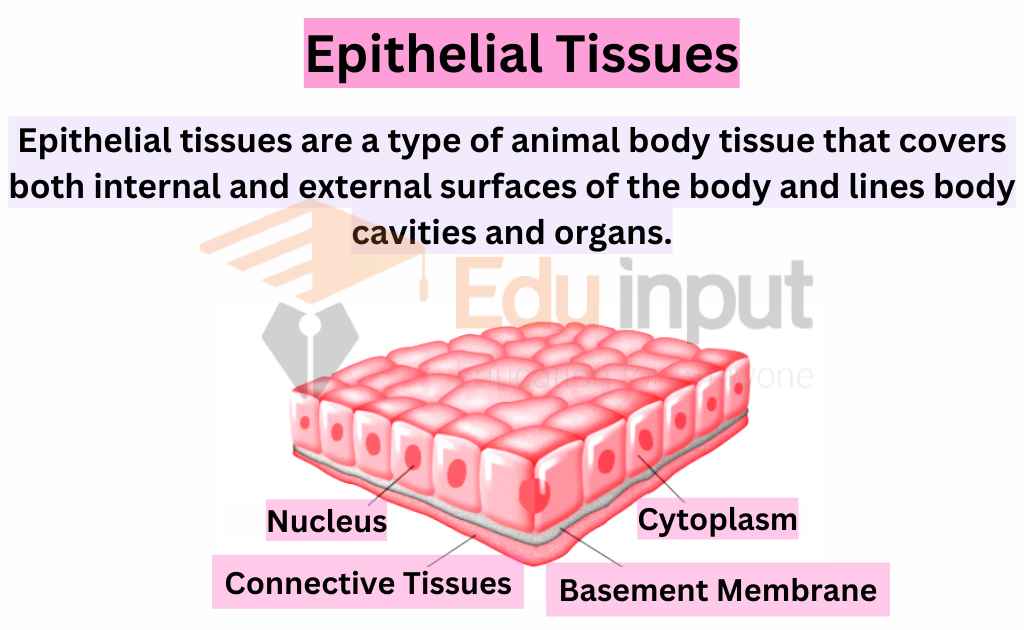What Is Cartilage?-Composition, Types, And Functions
Cartilage is a tough and flexible tissue that helps protect your joints and Bones. Cartilage helps prevent bones from rubbing together and gives body parts their structure and shape. Cartilage is present in various parts of the body, but they are nonvascular, which means they don’t have blood flow.
Cartilage damage can occur quickly due to accidents or gradually over time, which can lead to osteoarthritis. This damage can make it difficult or impossible to move joints normally.

Where is cartilage located?
Cartilage provides cushioning in almost all places where bones meet and is essential for maintaining the structure and function of these important body parts. It is :
- Found in joints between bones, such as elbows, knees, and ankles
- Present at the ends of the ribs
- Found between the vertebrae in the spine
- Present in the ears and nose
- Found in the bronchial tubes and airways
- Found in parts of the larynx and smaller respiratory tubes.
Composition of Cartilage
Cartilage is a smooth and strong tissue made up of specialized cells called chondrocytes. Chondrocytes produce an extracellular matrix that is composed of collagen fibers, proteoglycans, and elastin fibers. The composition of cartilage gives it the ability to maintain its shape and attract water.
Cartilage does not contain blood vessels to provide nutrients to the chondrocytes. The main components of cartilage are Type II collagen, proteoglycans, and calcium. The type of collagen and amount of calcium can vary depending on the specific type of cartilage, such as hyaline, costal cartilage zone, and subchondral bone.
It mainly constitutes two types of cells:
Chondroblasts
Chondroblasts are responsible for the development of cartilage tissue. They are found in the perichondrium, a protective layer of connective tissue around developing bones and cartilage.
Chondrocytes
Chondrocytes are mature cells that make up cartilage. Chondrocytes produce cartilage matrix. They produce and keep the extracellular matrix (ECM) in good condition. The ECM is composed of collagen fibers that surround the chondrocytes and give cartilage its strength and flexibility. Chondrocytes can be found in intervertebral discs and all forms of articular cartilage.

Types of Cartilage
There are three main types of Cartilage:
Hyaline Cartilage
Hyaline Cartilage is a type of connective tissue that is known for its smooth surface. It is the most common type of cartilage. It is characterized by its tough but slightly flexible matrix. The matrix contains closely packed collagen fibers that give Hyaline Cartilage its specific properties. It has a bluish-white, shiny ground elastic material, that consists of fine collagen fibrils and chondrocytes.
These chondrocytes in Hyaline Cartilage are arranged in small groups and are nestled within cell nests, and the matrix itself is solid and smooth. This type of cartilage allows for smooth movement and gliding between tissues, providing both flexibility and support. Hyaline Cartilage can be found in the connection between ribs and the sternum, nasal cartilage, and articular cartilage. It covers opposing bone surfaces in joints.
Fibrocartilage
Fibrocartilage is a specialized type of cartilage that possesses remarkable strength and durability due to its unique structural composition. It is primarily composed of alternating layers of hyaline cartilage matrix and dense collagen fibers that are oriented in the direction of functional stresses. The presence of such thick layers of collagen fibers imparts tensile strength to fibrocartilage, making it the strongest kind of cartilage in the human body.
Fibrocartilage does not have a perichondrium. It acts as a transitional layer between hyaline cartilage and tendon or ligament. It can integrate into the surrounding tissues by providing a smooth transition between them. It is found in areas of the body that bears high levels of stress, such as the intervertebral discs and the pubic symphysis.
Elastic Cartilage
Elastic cartilage is also known as yellow fibrocartilage. It is a flexible type of cartilage that gives strength and elasticity to body parts like the ears. It forms the skeleton of the pinna in the outer ear and the lateral region of the external auditory meatus. It is also present in the epiglottis, as well as the corniculate and cuneiform laryngeal cartilages.
Functions of Cartilage
Cartilage performs following function in human body:
Absorbing Shock
Cartilage cushions bones and joints during movement, absorbing the force of impacts and reducing stress on bones. It acts as a cushion within your joints and around your bones.
Reducing Friction
Cartilage lubricates joints, allowing bones to move smoothly past each other and reducing wear and tear on the joints.
Supporting Structures
Cartilage supports joints and helps maintain their shape, as well as connecting other tissues, such as muscles, tendons, and ligaments, to bones. It also serves as the main tissue in certain parts of the body, such as the nose, ears, and windpipe (trachea).
Latest Research Related to Cartilage
- Recent studies have shown that tissue engineering holds promise for regenerating mesenchymal tissues such as cartilage and bone. This chapter covers the basics of tissue types and embryonic origins, as well as disease aspects of hyaline cartilage and bone fracture healing. It also explores future directions for tissue regeneration techniques, including stem cells and novel scaffold techniques. [2]
- Recent studies have shown that understanding the evolutionary history, evolvability, and regenerative potential of cartilage requires an in-depth analysis of how chondrocytes drive growth and shape change. This study provides a cell-level description of the growth and shape change of major cartilages during metamorphosis in Xenopus laevis, offering insights into hormone-mediated remodeling, cartilage regeneration, and intrinsic shape-regulating mechanisms. [3]
- Recent studies have shown that Cartibeads, which exhibit hyaline features and high GAG content, are effective in promoting cartilage regeneration. Histological analysis of Göttingen minipigs showed good integration of Cartibeads grafts at 3 and 6 months after implantation, with significant improvement in the Bern Score compared to non-grafted lesions. [4]






Leave a Reply